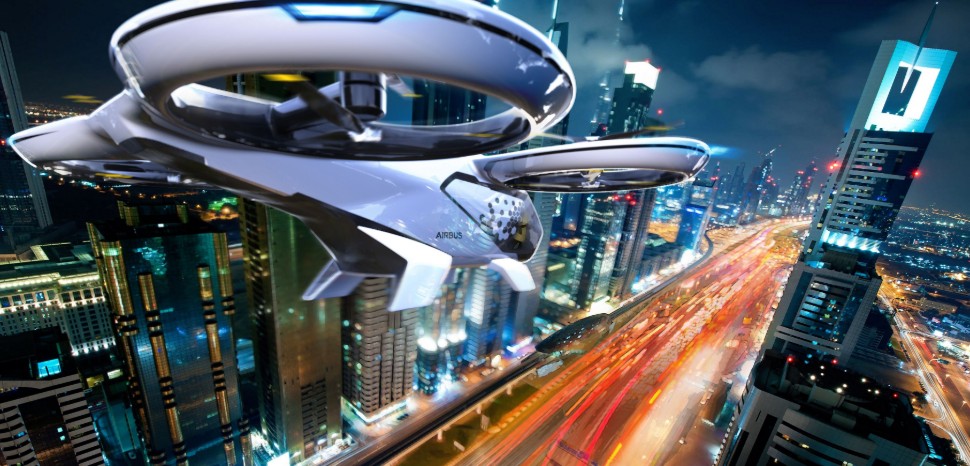Rolls-Royce (R-R) is not alone in anticipating the advent of practicable electric vertical take-off and landing (eVTOL) vehicles for urban transportation. In this vision, small quadcopter or tiltrotor aircraft able to carry one to four people may bring benefits of speed and even reduced emissions to local or regional transport, supplementing and in some cases replacing cars.
According to consultants Roland Berger, there are about 150 battery or hybrid "electrically propelled aircraft concepts" under development today, and many of them are multi-copters described as "urban air mobility" vehicles. Apart from R-R, which aims to fly its hybrid eVTOL in 2021, names in the frame include Airbus, Boeing, Uber and even luxury car maker Aston Martin.
Battery technology is constantly improving, but pure electric flight concepts are still weighed down by the shortcomings of storage systems. Speaking in March at the Revolution.Aero conference in London, focused on electric flight, R-R's head of future aircraft propositions, Giulio Zamboni, dismissed pure electric aircraft as impractical.
Several participants – notably, all involved in pure electric VTOL projects – effectively agreed. As Lawrence Blakeley – who heads electrical, mechanical and hydraulic systems for UK eVTOL developer Vertical Aerospace and is a veteran of electrical systems design for the Airbus A350, A400M and others – observed: "We are waiting for the revolutionary battery that will let us fly 300 miles."
PROMISING EFFICIENCY
However, electric propulsion remains tantalisingly attractive. A study by the University of Michigan Center for Sustainable Systems and Ford Motor Company's research and advanced engineering team and published in April in Nature Communications, concluded that eVTOL air taxis could exploit the superior efficiency of electric powertrains – and configurations such as multi-rotor distributed propulsion – to outperform road transport in both time and greenhouse gas emissions.
The researchers concluded that on 54nm (100km) point-to-point trips, greenhouse gas emissions for an eVTOL carrying three passengers would, per passenger kilometre travelled, be 52% lower than an internal combustion-engined car or 6% lower than a battery-powered car, assuming typical road vehicle occupancy of 1.54 people.
However, the writers note, for the short trips of up to 22 miles (35km) that dominate car transport, the eVTOL is worse than either car type for total energy use and greenhouse gas emissions. The problem is, these aircraft require a huge amount of power to get off the ground, so their efficiency only comes through when cruise phase dominates the journey.

21st Century street cruiser
Airbus
latestnewsmainpage
Source: Flight International



















